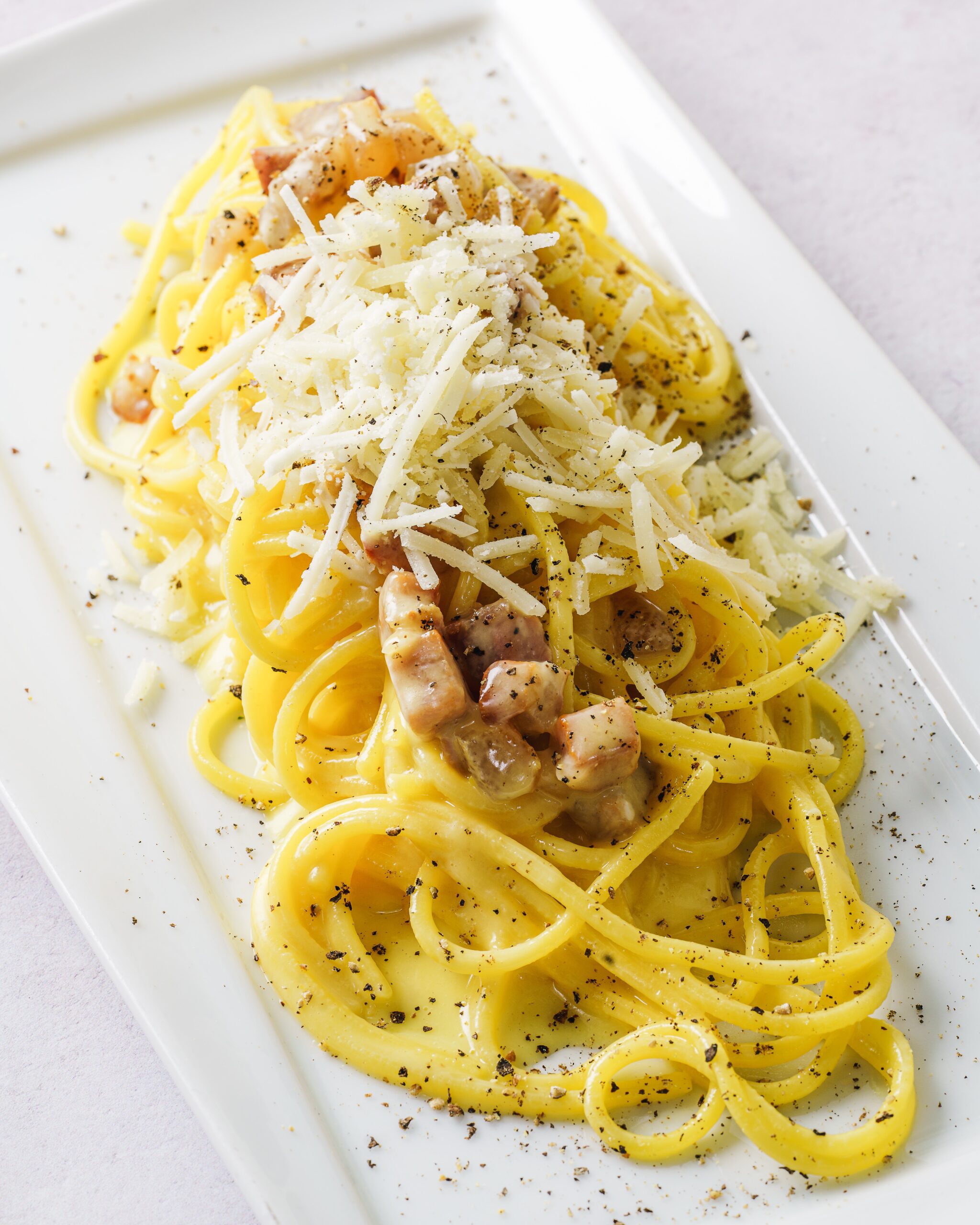Are you ready to embark on a culinary journey that tantalizes your taste buds with the creamy richness of perfectly cooked carbonara? This classic Italian dish, with its luscious combination of eggs, cheese, pancetta, and pasta, is a masterpiece when executed flawlessly. However, achieving that perfect balance of flavors and textures requires a deep understanding of the cooking process. In this guide, we will delve into the secrets of cooking the perfect carbonara while also addressing some common mistakes that can lead you astray.
What is the Trick to Cooking Carbonara?
The key to mastering carbonara lies in the harmony of its components and the precise technique. The trick is to achieve a velvety, luxurious sauce without turning the eggs into a scrambled mess. Achieving this requires a delicate dance between heat and timing.
How Do You Stop Carbonara from Scrambling?
The cardinal rule in carbonara preparation is to avoid scrambling the eggs. To achieve this, you must follow these steps meticulously:
- Off the Heat: When mixing the egg and cheese mixture into the cooked pasta, make sure to remove the pan from the heat. This prevents the eggs from coagulating too quickly and turning into unwanted lumps.
- Toss Vigorously: Mix the egg and cheese mixture with the pasta using a tossing motion, allowing the residual heat to gently cook the eggs. This emulsifies the sauce, creating a creamy texture that coats the pasta beautifully.
- Gradual Addition: You can also temper the egg mixture by adding a small ladle of the pasta cooking water while whisking. This helps to gradually raise the temperature of the eggs, reducing the risk of scrambling.
Should the Egg in Carbonara Be Cooked?
The short answer is no. The beauty of carbonara lies in its creamy, uncooked egg-based sauce. The residual heat from the pasta is enough to cook the eggs to a safe temperature while maintaining the desired silky consistency. This is why the off-the-heat tossing technique is crucial.
What Are the Biggest Carbonara Mistakes?
Even seasoned chefs can stumble when preparing carbonara. Here are some common pitfalls to avoid:
- Overcooking the Pancetta: Crispy pancetta adds a delightful crunch to your dish. However, overcooking it can make it too dry and overpowering. Aim for a golden, crispy texture that complements the pasta.
- Using Cream: Traditional carbonara doesn't call for cream. The creamy texture comes from the emulsification of eggs and cheese. Adding cream dilutes the flavors and alters the authenticity of the dish.
- Incorrect Cheese Choice: Pecorino Romano and Parmigiano-Reggiano are the go-to cheeses for carbonara. Their salty and nutty profiles perfectly complement the other ingredients. Using a different cheese can throw off the balance.
- Skipping Pasta Water: The starchy pasta cooking water is a secret weapon. Adding a splash to your sauce helps bind it all together and contributes to the desired consistency.
- Rushing the Process: Carbonara demands attention to detail. Rushing through the steps can result in scrambled eggs, lumpy sauce, or unevenly coated pasta.
Remember, practice makes perfect. Embrace the process, experiment with techniques, and savor the journey of creating an authentic Italian masterpiece in your own kitchen.
Before you dive into your culinary adventure, consider investing in a high-quality pasta maker like the one from Now Pasta Shop. Crafting your pasta from scratch can take your carbonara to an even higher level of excellence, ensuring that every element of the dish is truly exceptional.
It takes skill to make the ideal carbonara; it calls for patience, attention to detail, and a readiness to learn from errors. You may have carbonara that rivals the best Italian trattorias by grasping the subtleties of the recipe and avoiding typical errors. Get your ingredients ready, then go on a culinary journey that will make your taste buds scream with joy.



